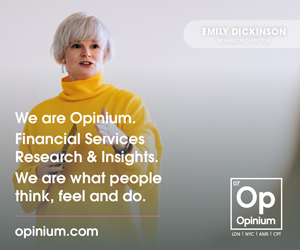As tokenisation moves from concept to infrastructure, capital markets firms are facing a new challenge: how to build teams that can deliver innovation without losing sight of the fundamentals.
That was the focus of the keynote panel “Talent – Buy or Build?” at the Capital Pioneer Digital Asset Summit, featuring Kate Lowe, head of product strategy, Euroclear UK and International, Myles Harrison, chief product officer, Amina Bank, and Peter Hilborne chief operating officer – operations, Schroders.
The panel opened with a clear message: this is no longer about proof of concept.
Hillbourne opened with a structural diagnosis, arguing that the industry is at a tipping point. He described a shift from institutional service models — built around pension schemes, sovereign wealth funds, and bank payments — to a more individualised, digitally native client base. This transition, he said, won’t happen overnight. “The infrastructure won’t migrate economically,” he noted. “It will move as the money moves. And that means rethinking how we shape our people and our business.”
Hillbourne explained that Schroders had begun this transformation two years ago, launching what he called a “backbone strategy” — a reorganisation of teams and systems inspired by the single-chassis model used in automotive manufacturing. The goal, he said, is to deliver portfolio value through a more integrated production line. That requires not just new platforms, but new ways of working.
“Tomorrow our people need to understand how to transition from a selected model to a new one,” he said. “It’s not just a single talent pool — it’s multi-passage.”
Harrison brought the hiring reality into sharp focus. Amina Bank, he explained, operates at the intersection of TradFi and crypto — and that makes talent acquisition uniquely difficult.
“We look for people who’ve worked in regulated institutions,” he said. “They understand the frameworks we operate in. But we also need them to lead innovation — and that’s a rare combination.”
He described the challenge of recruiting product managers for digital asset custody, staking and trading, for example.
“Those people don’t exist,” Harrison said. “And if they do, they’re already well paid and unlikely to move.” He added that many top DeFi talent have little interest in joining traditional institutions.
“Younger generations aren’t motivated by money in the same way. It’s about societal impact, environmental values, and community. Tribes matter in Web3 — and we feel that every day.”
Lowe echoed the challenge, but from the perspective of a systemically important institution.
At Euroclear, she said, innovation must be balanced with operational resilience.
“We’re very slow — and deliberately so,” she explained. “We settle trillions daily. If the system goes down, the financial system goes down.”
That caution, however, doesn’t mean inertia. Lowe pointed to initiatives like mini-CREST, a siloed redundancy system designed to withstand cyberattacks, as examples of smart, forward-looking infrastructure.
She also warned against building isolated digital units. “I’ve seen it again and again — banks set up these unfunded digital asset teams that sit far away from the core business. They don’t solve real problems.” Instead, Lowe argued for hybrid vision and cross-functional collaboration.
“You need the people doing the jobs today to help figure out what the problems are for your clients — then you bring in the right skill sets to build better solutions.”
The panel agreed that mindset matters more than credentials. Harrison said Amina Bank prioritises curiosity over direct experience.
“We don’t mind if someone hasn’t worked in crypto or blockchain,” Harrison said. “What we care about is curiosity. If someone says, ‘This is how it’s always been done,’ that’s not going to help us deliver outcomes for our customers.”
Lowe agreed: “It’s less about what you know and more about how open you are to what we’re building.” She added that some people naturally grasp the shift, while others struggle to move beyond legacy thinking.
Harrison also called on leaders to create safer environments for learning. “We use a lot of jargon in Web3,” he said. “It’s our job to make it OK for someone to say, ‘I don’t understand that term.’ We need to build cultures where people can ask questions without fear.”
Hillbourne looked ahead to the next five years, predicting a shift from automating legacy processes to integrating unfamiliar technologies with new business models. “The transition won’t be simple,” he said. “But the opportunities will grow exponentially.”
The conversation turned to team design in the age of AI. Harrison noted that roles are already shifting. “We’re seeing designers write code, engineers manage products, and AI tools like Lovable change how we collaborate. You don’t always need three people with three separate skills anymore.”
Hillbourne added that firms need to rethink their organisational structures entirely. “It’s a fun way to redesign the industry — but it requires a mindset shift.”
Lowe closed with a reflection on agility. “We’re very slow at Euroclear — lots of governance, lots of tape. But as AI progresses and younger people move up, I think we’ll see a very different way of working. A speed and flexibility you wouldn’t have associated with us before.”



